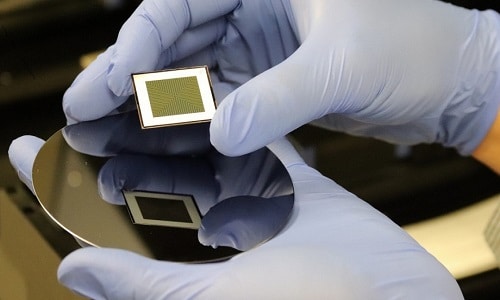These solar cells produce more electricity than conventional single-sided silicon solar cells, thereby leading to efficient power generation

Renewable sources of energy are the need of the hour. Perhaps the most widely used technology out there amongst these is solar energy. But despite its abundant availability, especially in countries like India, efficient power generation for running several appliances is not possible using a single solar panel. Surely, one can purchase enough solar panels to meet their requirements. However, a single board is expensive – not feasible for everyone in terms of money.
Now there is a ray of hope. Scientists at the Australian National University (ANU) have produced a more efficient type of solar cell that is dual-sided, meaning both the front and back of the cell generate power. The so-called bifacial solar cells easily beat the performance of single-sided silicon solar cells.
“We have developed what I would call a true bifacial solar cell, as it has nearly symmetrical power generation capacity on both surfaces of the device,” said Dr Kean Chern Fong, Principal Investigator.
He further explains, “When deployed on a conventional solar farm, a bifacial cell absorbs direct incoming light, while also taking advantage of ground reflection, which can contribute up to an additional 30 per cent power generation.”
The breakthrough achievement was made using a specific laser doping technology to fabricate the cells.
“Laser-doping uses lasers to locally increase electrical conductivity,” said Dr Marco Ernst, Chief Investigator.
The low-cost, industry-compatible process boosted solar cell efficiency, allowing the research team to achieve a front conversion efficiency of 24.3 per cent and a rear conversion efficiency of 23.4 per cent, representing a bifacial factor of 96.3 per cent. This performance represents an effective power output of approximately 29 per cent, well exceeding the performance of the best available single-sided silicon solar cell.
“Bifacial solar cells are becoming increasingly important in the rollout of solar farms and are expected to have a market share of over 50 per cent in the next five years. Our work demonstrates the incredible capabilities of this technology,” Dr Fong said.
This work has been supported by the Australian Government through the Australian Renewable Energy Agency (ARENA) and Australian Centre for Advanced Photovoltaics (ACAP).
The results have been independently verified by the CSIRO.








